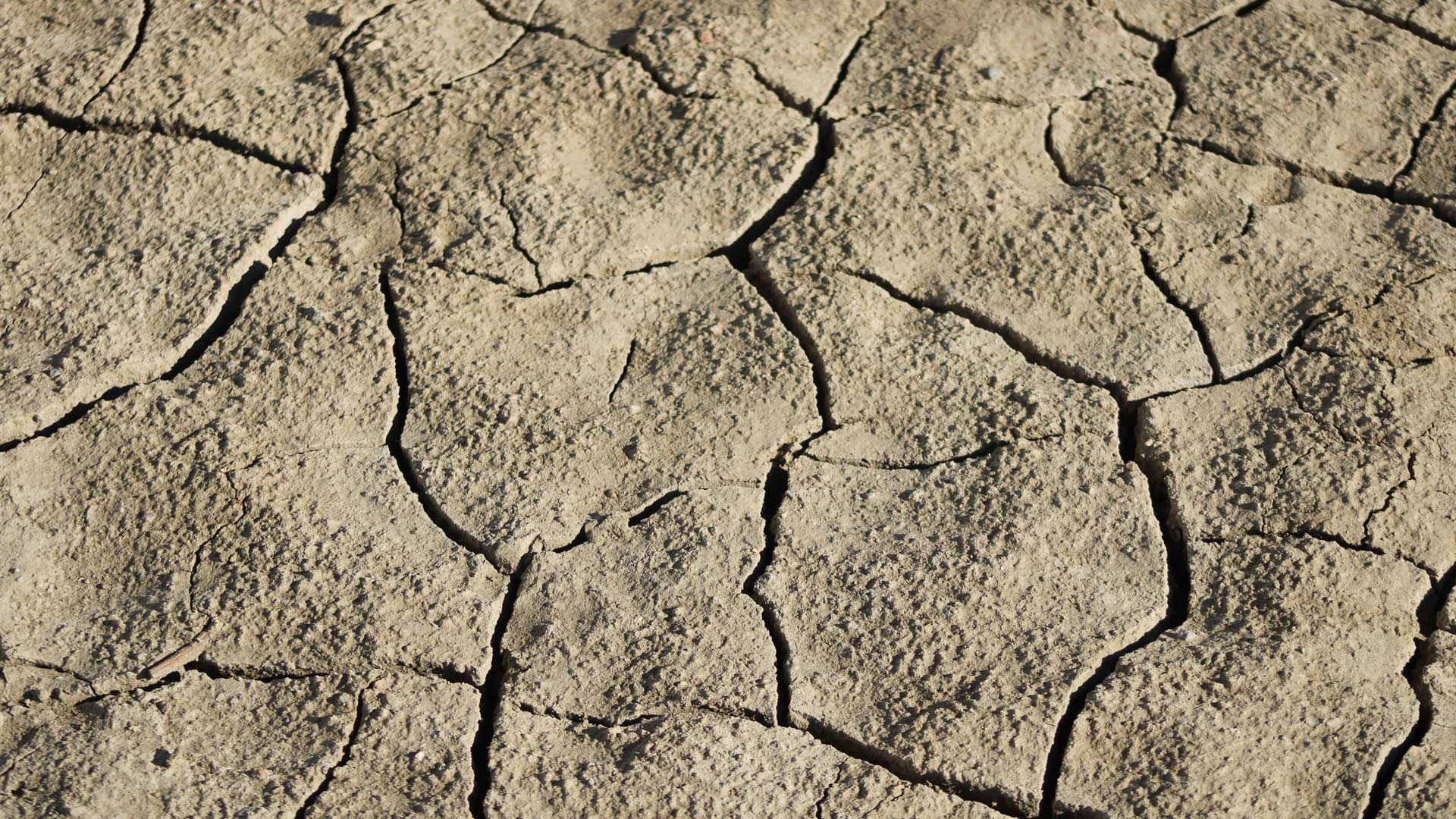A sprawling swath of the West is in drought, with more than 20 years of dryness in the Colorado River basin. Researchers say nearly every indicator of drought is heading in the wrong direction. /Alex Hager/KUNC
Four metrics are used to track drought, and they paint a bleak picture
A sprawling swath of the West is in drought, with more than 20 years of dryness in the Colorado River basin. Researchers say nearly every indicator of drought is heading in the wrong direction.
By Alex Hager/KUNC. Radio
Drought has tightened its grip on the Western U.S., as dry conditions tick on into their second decade and strain a river that supplies 40 million people. Experts agree that things are bad and getting worse. But how exactly do you measure a drought, and how can you tell where it’s going?
Brad Udall is an expert on the subject, studying water and climate at Colorado State University’s Colorado Water Center. Lately, his forecasts for the basin haven’t been particularly uplifting.
“You cannot look at these and not be concerned,” Udall said. “The climate models tell us this is going to get worse. There’s every reason to believe it’s going to get worse. It’s gotten worse since 2000. The spooky thing is that it seems to be getting worse at a faster rate.”
He cites four specific metrics that scientists use to quantify drought. They’re all connected, and they all paint a bleak picture of what the future might have in store.
It all starts with heat












